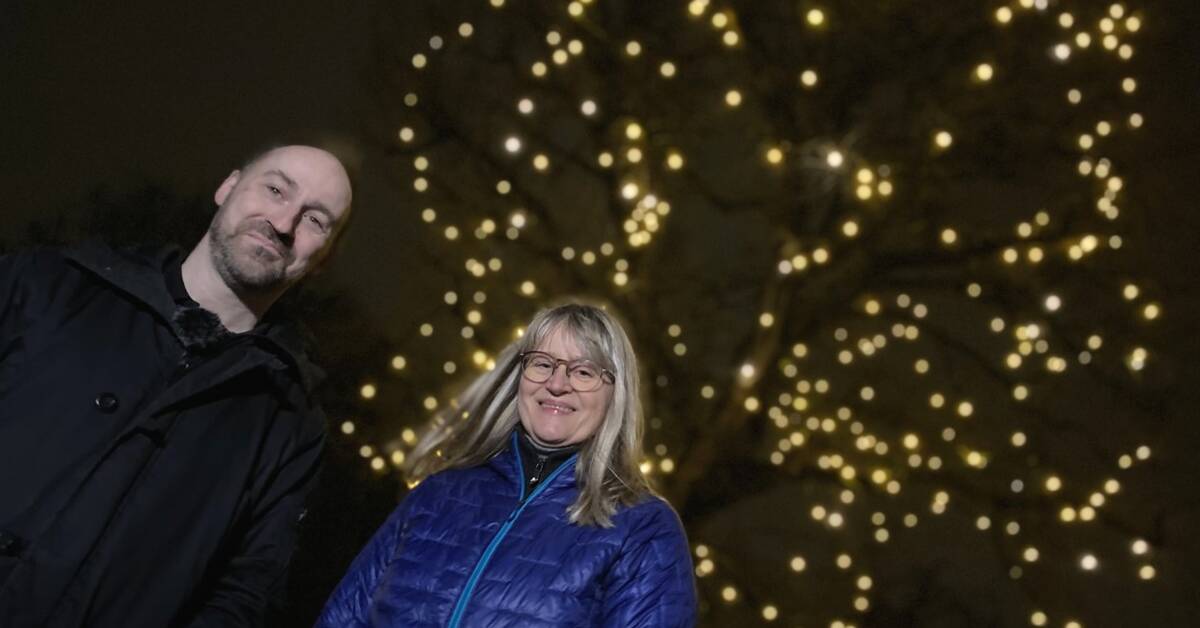In Lundagård in central Lund there are birds, insects and bats. When parks get more lighting, it affects the circadian rhythm of the animals. Some get confused and don't know when to sleep, eat and hunt.
"It is not entirely unproblematic to start lighting with artificial light in parks and green areas where there are birds. There is a great risk for birds in this environment," says Susanne Åkesson, professor of zoological ecology.
"No bat would live there"
Johan Eklöf points to a tree with hundreds of small lamps outside the AF castle.
- In the world of bats, day equals danger and night equals safety. Bats would avoid this tree right away. Then there are bats that are a little faster and a little more optimistic - they can be attracted by insects being drawn to the light in the tree, but there is no bat that would choose to live here, says Johan Eklöf.
"Have to think about how the animals are affected"
Johan Eklöf and Susanne Åkesson want less lighting and more information about how light affects the circadian rhythm for all kinds of animals.
"I think we've been ignorant, that we haven't taken it seriously. I fully understand that people want to feel safe, but then we have to think about what areas we should illuminate and what kind of light we should use. There are many things we should think about," says Susanne Åkesson.

